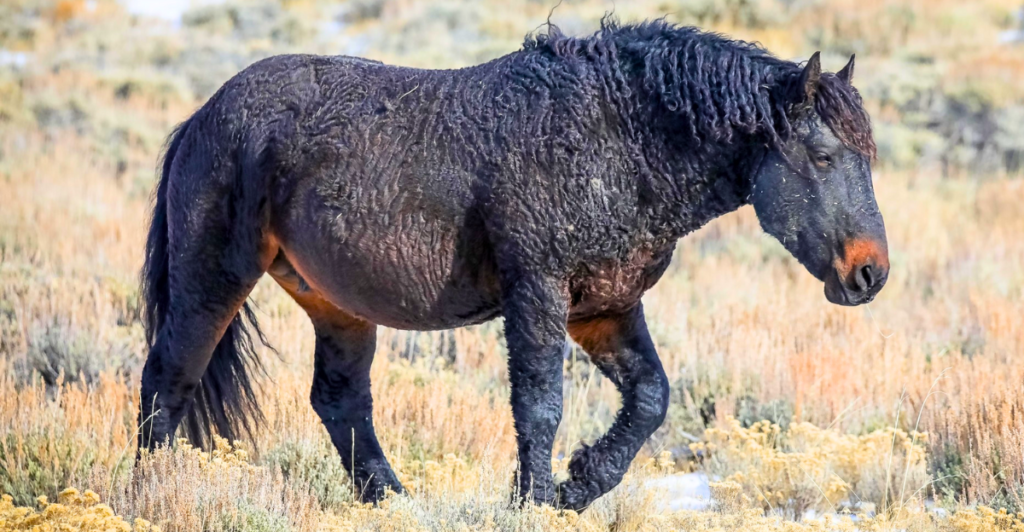
Picture open, windy plains and galloping free-roaming mustangs, their curly manes glistening in the sunlight. These are no common mustangs; they are Wyoming’s curly-haired gems, the fabled Salt Wells Creek herd. Locals and international visitors’ favorites, these horses have become the icon of the wild soul of the West. But now, their fate is in question.
In a Denver federal courtroom, the destiny of these lovely creatures is on trial. Representing them are their advocates, who plead that the mustangs remain wild and free. Pitted against them are government bureaucrats who strongly believe that extreme measures must be taken. The ruling could change the terrain and the heritage of Wyoming’s curly mustangs forever. What caused this crisis? And why now are these precious horses a problem? Let’s get to the bottom of it.
A Courtroom Showdown
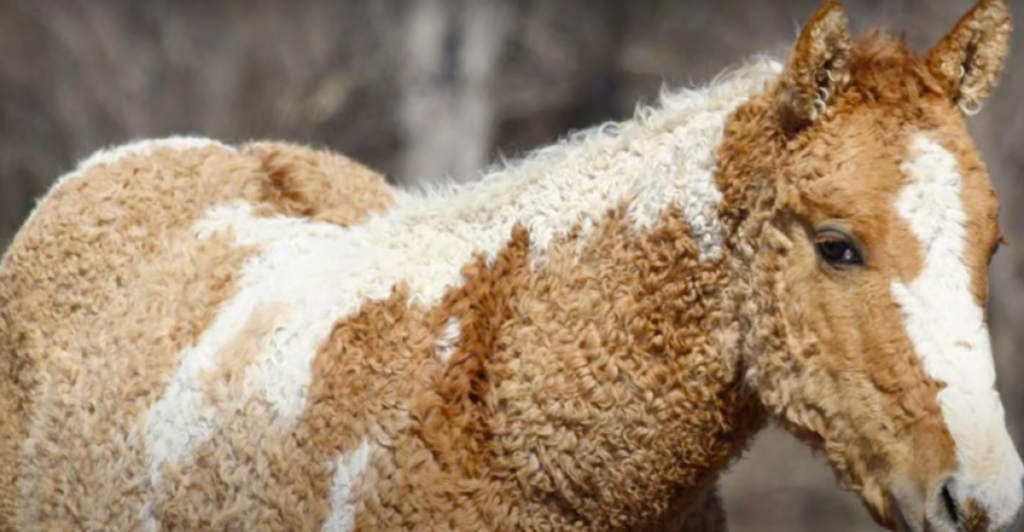
The 10th Circuit Court of Appeals in Denver recently was presented with a fiery showdown over the Salt Wells Creek mustangs. A three-judge panel is arguing whether to permit the Bureau of Land Management (BLM) to go forward with rounding up the whole herd. The ruling would result in the rounding up of a few hundred mustangs, as many as 100 curly-hair horses: the biggest herd in the US.
Mustang advocate Carol Walker, a plaintiff in the suit, contends wiping out the herd would be disastrous both to wildlife diversity and Wyoming’s tourism economy. But the BLM argues that the horses are a threat to private landowners and the environment. Is the agency in its right to intervene, or is this an abuse of power?
BLM’s Case for the Roundup
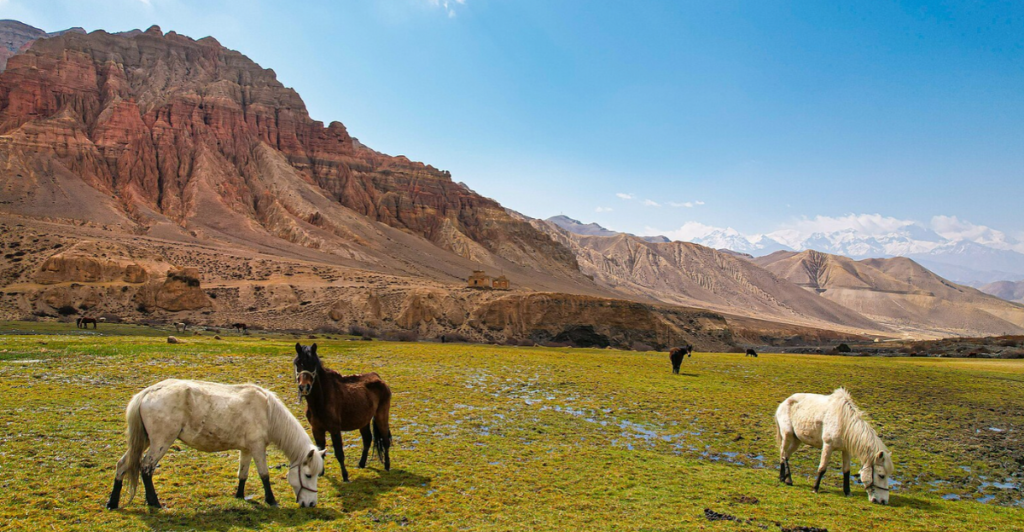
The BLM position is straightforward: the mustangs are in excess and trespassing onto private lands. Within Rock Springs’ desert regions, there are 4,800 mustangs across multiple herds. The BLM would like to see those numbers significantly reduced in three years. They insist that the horses hurt the land and trespass far too frequently onto private lands.
BLM spokesperson Micky Fisher referred to the “checkerboard” pattern of public and private land as the greatest problem. The interspersed land is hard to keep the mustangs in. Landowners are becoming frustrated, and the BLM indicates it’s impossible to manage the horses. Is this a valid response to land management concerns, or an excuse to wipe out the territory of wild horses in general?
Why Are the Curly Mustangs So Special?
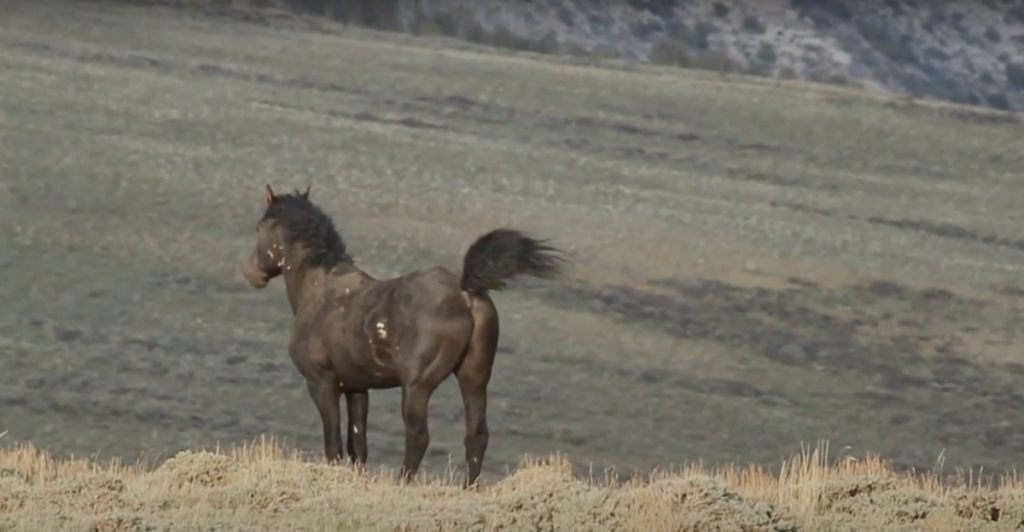
Curly mustangs are not only unusual, but a genetic enigma. Although there are some curly-coated horse breeds found in Europe, there is no evident genetic connection to the Salt Wells Creek herd. Their curly coats are thick and protect them from low temperatures and provide them with a distinctive look, which draws in tourists and scientists.
The Salt Wells Creek and White Mountain herds are the sole curly mustangs ever discovered within Wyoming. Losing them would mean not only the loss of a beloved natural landmark, but a still-unexplained scientific mystery as well. Why are these horses being looked at as the problem?
Legal and Ethical Dilemmas
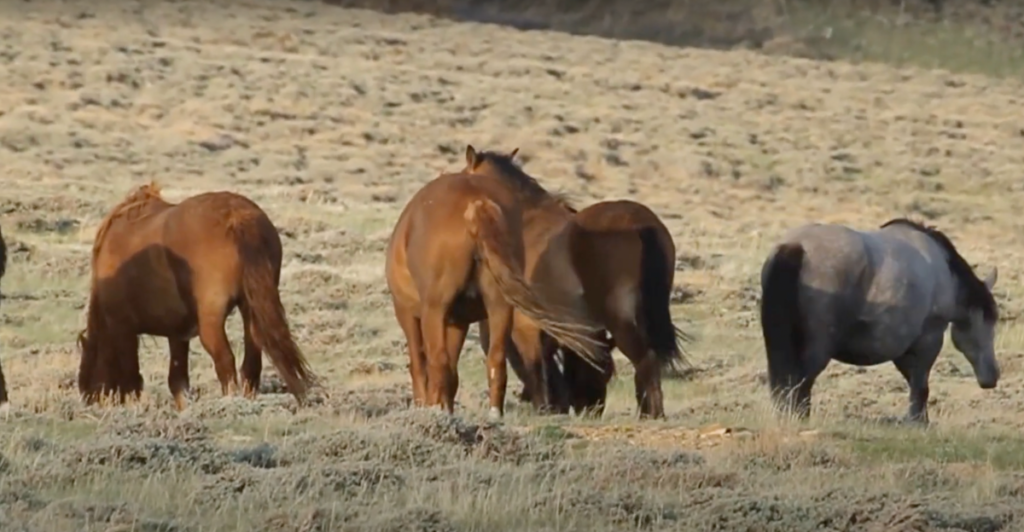
The crux of the argument is finding a balance between wildlife conservation and property rights. The Wild and Free-Roaming Horses and Burros Act of 1971 was a conservation measure that would safeguard mustangs, but private landowners can order them to be removed from their lands when invading private property.
Danielle Bettencourt, speaking for the Rock Springs Grazing Association, is in favor of the roundups, blaming the mustangs for the damage they do to private grazing land. But Carol Walker argues back that the BLM’s interpretation of the act is misguided and that managing the horses, instead of eliminating them, is the right course.
A Glimpse Into the Holding Facilities
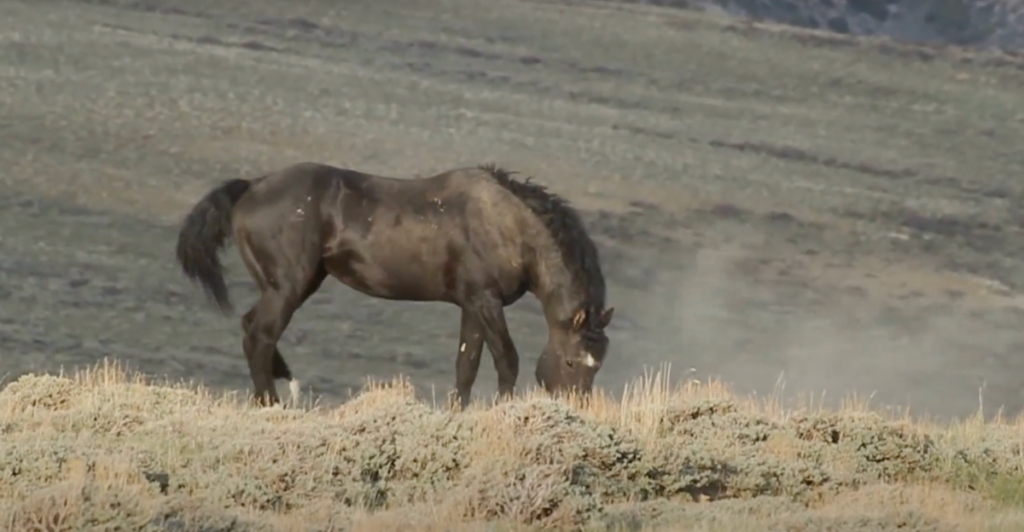
If roundups continue, captured mustangs will be shipped to holding pens in Rock Springs and Wheatland. They will then be put up for adoption. Some will be adopted, but many will spend the rest of their lives in captivity or have unknown destinies. These facilities have been controversial themselves.
Critics label them as overpopulated and underfinanced, which equates to impossible long-term care. The Mustangs’ defenders assert that the roundups are not only harmful, but inhumane too. Will adoption programs prove enough, or are these corrals a grim destiny for Wyoming’s wild horses?
The Toll of Previous Roundups
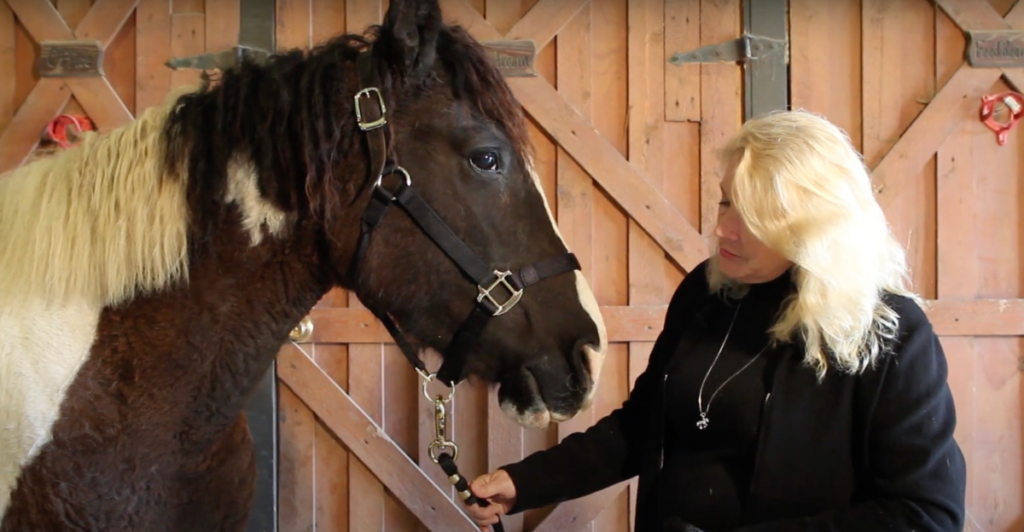
The Salt Wells Creek herd is only one of them. The Adobe Town and Divide Basin herds are also the target for reducing their populations. Following a vicious winter of 2022-2023, Wyoming wildlife had already been devastated.
Tens of thousands of antelope and deer starved or froze. Critics argue that it is irresponsible and cruel to cull mustangs after such a poor winter. Why cull the herd now, when nature has already caused havoc?
The Public Weighs In
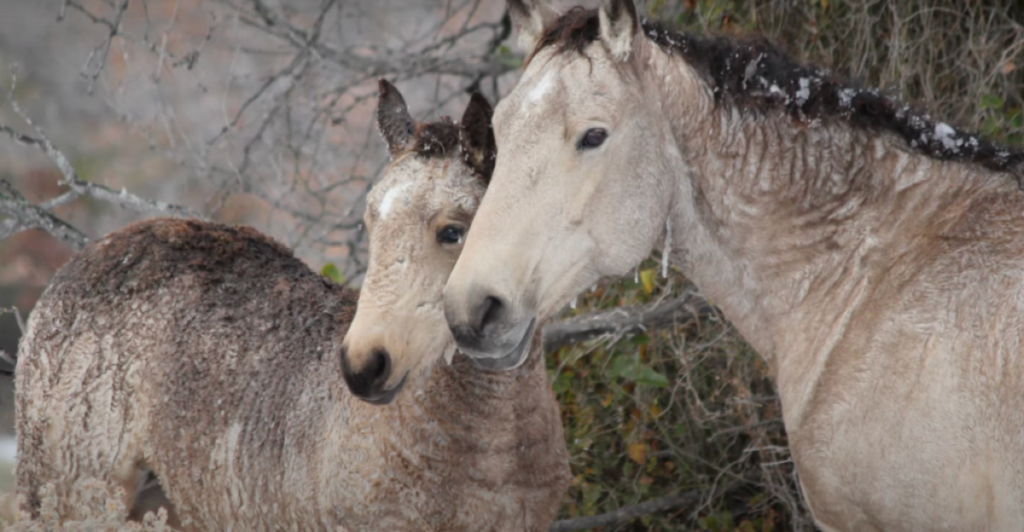
There is a bitterly divided public opinion. Some of the residents see the horses as pests, while others adore them as a symbol of freedom and nature. Social media campaigns and online petitions pour in, demanding an end to the roundups.
Tourism authorities worry that removing the herds will deprive the region of its attraction, damaging regional economies dependent on tourists eager to see the famous mustangs. But proponents of the BLM action argue it is more crucial that nature is in harmony.
What’s Next
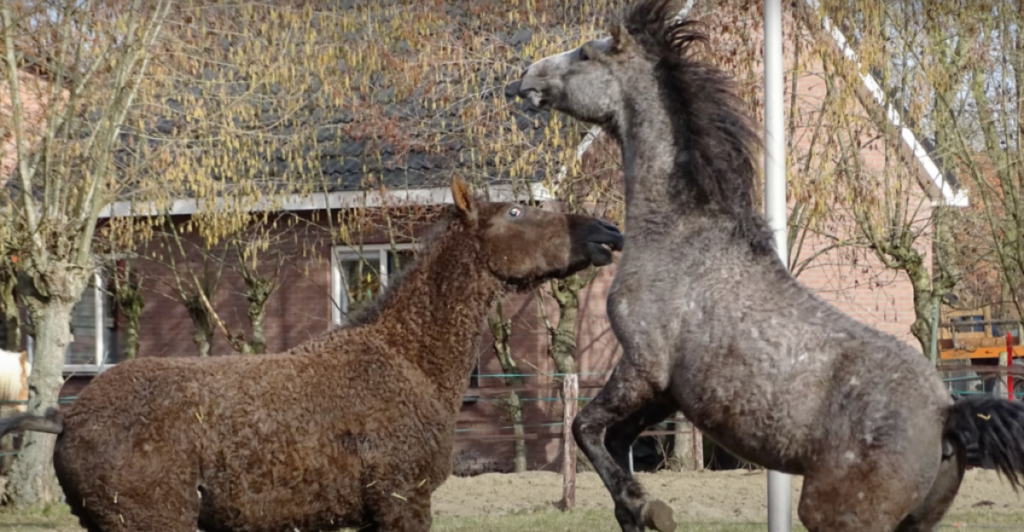
The ruling is coming in the next weeks, but regardless of what happens to the horses, the debate is far from over. If the court decides in favor of the BLM, roundups may begin as early as July, changing the appearance and history of southwest Wyoming in fundamental ways.
Wild horse preservation organizations promised to continue the battle, and ranchers and landowners prayed for respite from the stresses of wild horses. Either way, the fight over Wyoming’s famous mustangs will certainly persist.
A Legacy Worth Protecting
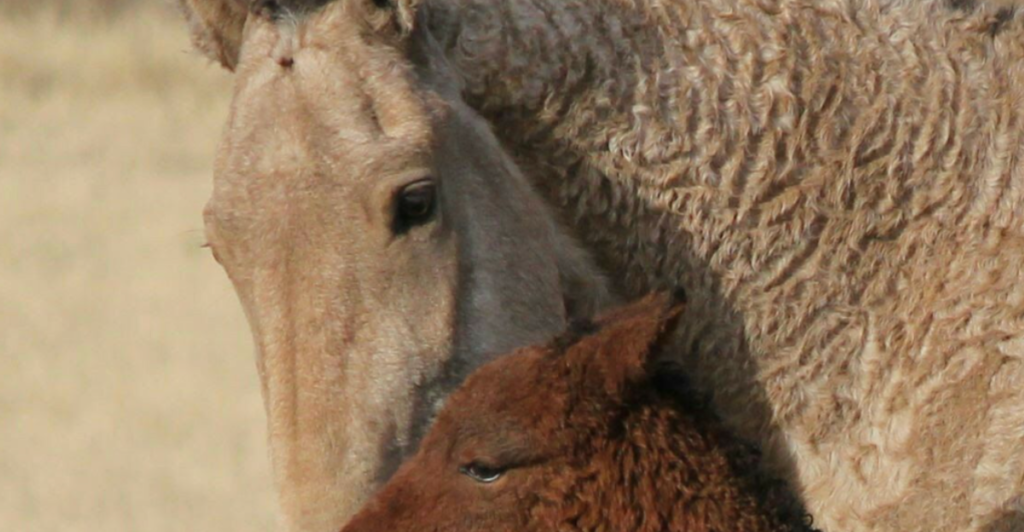
The Salt Wells Creek mustangs have transcended to be more than just animals: they are the American West’s wild, unfinished spirit. If they emerge winners of the legal fight now unfolding, it will tell us much about how we cherish wildlife and open space in America today.
Can the curly mustangs’ heritage be preserved, or will it be erased to alleviate the pragmatic issues of land management? Will these legendary horses be nothing but memories, victims of pragmatism and progress? Either way, Wyoming’s curly mustangs’ destiny will resound throughout history, and their tale isn’t over.
Explore more of our trending stories and hit Follow to keep them coming to your feed!

Don’t miss out on more stories like this! Hit the Follow button at the top of this article to stay updated with the latest news. Share your thoughts in the comments—we’d love to hear from you!







